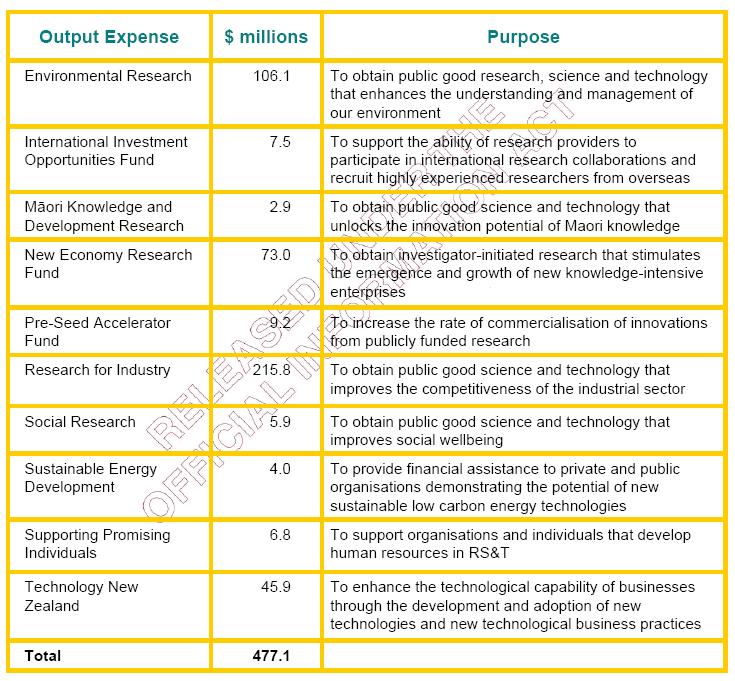As Computerworld reports today, science minister Dr Wayne Mapp’s briefing notes have flagged potential problems at the Government-funded high-speed research network that links scientific institutions around the country.
Anyone who has used the KAREN network for video-conferencing knows how good it is for replacing trips around the country. But KAREN was designed for much more than videoconferencing, its main purpose is to facilitate research that requires large amounts of data to be shuffled around the country and the world to be crunched by supercomputers, such as the University of Canterbury’s Blue Gene computer.
Unfortunately, usage of KAREN has remained low, something people in the IT industry put down to high set-up costs and a lack of understanding about what is actually available over KAREN. Whatever the reason, KAREN was expected to be a sustainable business by now, with fees paid by institutions accessing its network of fast pipes paying the way for REANNZ, its governing body. It seems now that the Government is being asked ot put its hand in its pocket to make up a funding shortfall.
“Although REANNZ may have sufficient cash to renew its international network (or extend current arrangements for a year), it forecasts that it will not have sufficient cash to renew the national network contracts that expire in 2010,” notes CCMau’s briefing paper for the incoming minister.
Exactly how much REANNZ is asking for to keep going has been withheld under sections of the Official Information Act. The issue has been flagged as a top priority for the minister.
FRST’s pot of funding
The briefing paper put together for the minister by the Foundation for Research, Science and Technology also gives a good overview of where science funding in New Zealand goes.
